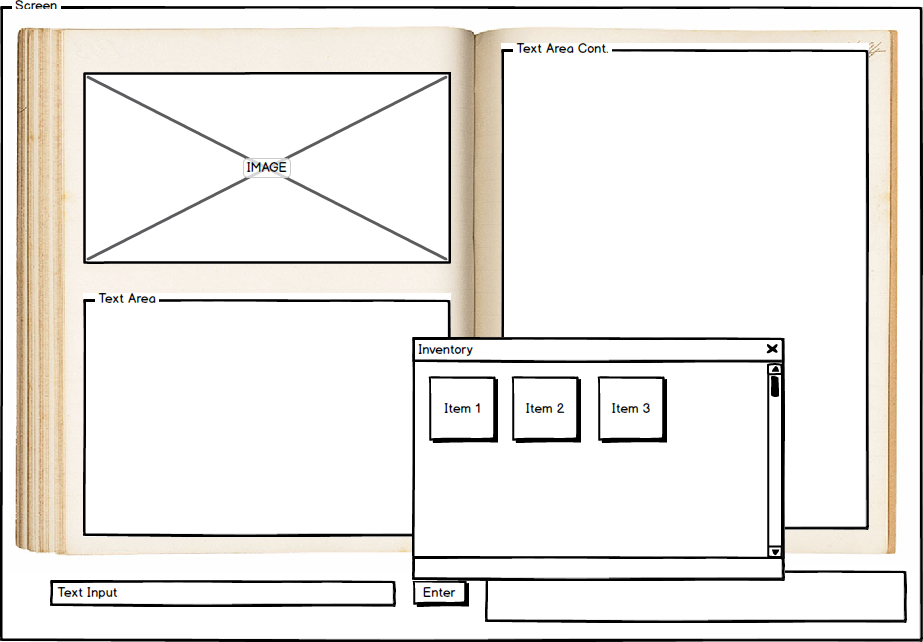Concept Art
Inspirational Images:


My project is a fictional narrative that has some real world inpiration. The above images were a creative start off point for me. Since my story has humanistic themes, I decided to set it in a Italian Renaissance environment. The setting is an island that is isolated from the outside world. There is ony one large ship capable of travelling long distances, and it has fallen into disrepair. There are two main locations the protagonist will spend time in: The orphanage and the town.
Thumbnails:
While my project won't have a lot of art assets in the prototype, being an interactive novel, I still did world conceptualization for world-building visualization. Occasionally there might be some sketch type drawings with minimal colour to give the user visual interest. I think adding a illustration of the island and a map is a good idea to give the reader an idea of the world layout. I don't intend to include the room layout for the orphanage, that is just for consistency when writing the narrative, to enable me to aptly describe what is going on and where the protagonist is. I think including the outside topdown view of the orphanage, however, might be visually interesting for the user.

Island Overview: The island uses the above image as inspiration, but adds a bustling port area. On the very top of the mountainous landscape you can see the orphanage. The isolation of the orphanage from the rest of the island population and the further isolation of the island itself serves as a major plot driver for the narrative. The entire first act will be trying to escape the orphanage to unlock the town location, while the second half will take you back to the orphanage to reach the ending, where you uncover the mysteries of the island itself.

Derelict Ship: Like many islands, the world of my narrative is dominated by the surrounded sea. My ficticous town survives mainly by fishing and imported goods. While some ships come in from elsewhere bringing goods, noone leaves the island. There is one ship that belongs to the island itself, however, it has fallen into disrepair over the years, furthermore, noone on the island sails. There are stories of a proud sea-faring tradition, however, now noone leaves, and those that do don't return. People simply use smaller boats to fish along the coastline.

Rough Map of Island: The map gives a more detailed picture of the town. Again, there is the port and fisheries that keep the island going, and a marketplace. This marketplace will be where the bookstore is where you meet your mentor. There is a rigourous class system supported by the religious institutions. There is a ruling family, much like the Medici family ruled Florence during the renaissance and a handful of rich that live distinct lives from the poor majority.

Orphanage First Floor Layout: This image shows the rooms in the first floor. Much like the inpiration orphanage, the building is dominated by a central courtyard. Unlike the inspiration, rather than have the loggia (covered courtyard) extend all around the courtyard, I left a simple wall in the front. This floor will be the main point of exploration for the protagonist. While there will be a few situations where you may investigate some of the bedrooms on the second floor, most of the beginning and end act takes place within this layout. It should be noted that there is a hidden basement that is accessible through the library, however, since this would just be a square area on a basement floor, I omitted drawing this out.

Orphanage Second Floor Layout: The back of the orphanage raises into a second floor which holds the bedrooms for the characters that live within the orphanage. Most of these areas are superfluous to the story, however, it still helps to conceptualize the dimensions and location of areas of interest. On this floor, the orphan's bedroom is mentioned sometimes, especially at the beginning and end of the day. The only two areas you will be entering for clues is the Headmisstress' room and Sister Maria's room.

Sideview of Orphanage: This thumbnail gives a general idea of what the exterior of the Orphanage looks like up close and further emphasizes the dimensions of the location.
User Interface Wireframes:

Standard Interface Layout: Usually, the graphical user interface will consist of a storybook background with the text on top. A text input field that is always active. And an area to give the user hints on common interaction phrases that can be entered for interaction. This text field will be the only means of interaction with the game the user will have as the initial concept was a text adventure game. Users will be able to type continue, to turn the page and back if there wasn't a decision made. Commands that may be typed at any time will be included in the 'hints' section of the screen, in case the user forgets. At certain points of the story, the user will be prompted to type keywords to indicate their choice at a decision point in the story or when there is an opportunity to add/remove something to their inventory.

Interface with an Image Layout: As mentioned above, there might be a select few images included for visual interest and added visualization for the narrative. This shows how the layout would look with an image.

Screen with Inventory Shown: Users will be able to have their inventory pop up in a window by typing 'inventory'. This window can be moved around the screen and closed by the user so it won't block the view of the narrative text. Users will be prompted with opportunities to add or drop items to this inventory throughout the story.








